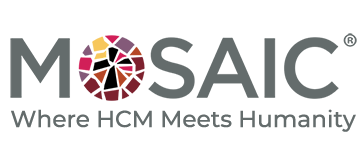In today’s dynamic work environments, employee performance and development are no longer the sole responsibility of HR departments or managers. To foster a culture of continuous improvement, organizations are turning to 360-degree feedback. This comprehensive feedback system involves input from various sources, including managers, peers, colleagues, and even clients. In this blog post, we will delve into the concept of 360-degree feedback, its benefits, drawbacks, and offer practical tips for implementing this powerful tool in your organization.
What Is 360-Degree Feedback?
Traditionally, employees received feedback solely from their managers, which often led to bias and limited perspectives. 360-degree feedback seeks to address this issue by gathering feedback from multiple angles, including peers, colleagues, and clients. This process can be incorporated into formal performance reviews or integrated into ongoing feedback practices. The goal is to provide employees with well-rounded, constructive feedback that helps them enhance their communication, collaboration, and overall performance.
Who Is Involved in 360-Degree Feedback?
360-degree feedback involves input from various stakeholders within the organization:
Employees: They can participate in the process through self-evaluation, reflecting on their strengths and areas for improvement. Additionally, employees may provide upward feedback to their managers, contributing to leadership development.
Managers: Managers play a crucial role in the 360-degree feedback process. After employees complete their self-assessments, managers provide their feedback, focusing on strengths, areas for improvement, and goal achievements.
Peers: Peer feedback is invaluable, as colleagues often have a deeper understanding of an employee’s daily performance. They can provide actionable insights to improve communication, collaboration, and teamwork.
External Partners: In some cases, businesses choose to collect feedback from external stakeholders such as customers or vendors, especially for employees who work closely with them. This external perspective can help strengthen partnerships and enhance service quality.
Pros and Cons of 360-Degree Feedback
To determine whether 360-degree feedback is suitable for your organization, it’s essential to weigh its pros and cons.
The Pros of Using 360-Degree Feedback:
Improved Working Relationships: Granular feedback from peers and external partners can help employees become better teammates, enhancing collaboration and communication.
Identifying Development Needs: Multi-source feedback highlights common themes for employee growth, enabling the creation of personalized development plans.
Year-round Development: 360-degree feedback can be a year-round practice, providing real-time insights and a competitive edge.
Enhanced Employee Motivation: Continuous feedback satisfies employees’ desire for improvement, offering guidance to turn insights into actions.
The Cons of Collecting 360-Degree Feedback:
Negative Feedback Impact: Excessive negative feedback can demotivate employees, particularly when it comes from daily colleagues.
Time-Consuming Process: Formal 360-degree feedback can be time-consuming, from selecting feedback sources to creating action plans.
Reluctance to Share Honest Feedback: Some may hesitate to provide honest feedback, fearing it might damage relationships. Training on constructive feedback is essential to mitigate this issue.
Tips for Implementing 360-Degree Feedback
Here are four best practices to successfully implement 360-degree feedback in your organization:
Make it Easy: Utilize technology to streamline the feedback process, allowing participants to share their perspectives easily and regularly. Tools like Lattice Performance can help integrate feedback seamlessly into daily workflows.
Train Employees: Provide training on effective feedback delivery and reception, emphasizing the importance of specificity and action-oriented feedback.
Incorporate Feedback Regularly: Integrate feedback into team meetings or one-on-ones to make it a consistent part of your organizational culture.
Tie Feedback to Company Values: Encourage employees to connect their feedback to company values, reinforcing the significance of these values in daily operations.
360-degree feedback is a powerful tool for promoting employee growth and enhancing organizational performance. By collecting input from various sources, organizations can gain a holistic view of employee performance and foster a culture of continuous improvement. While there are challenges in implementing this system, the benefits far outweigh the drawbacks when done correctly. With the right approach and commitment to training and development, 360-degree feedback can become an integral part of your organization’s success.

